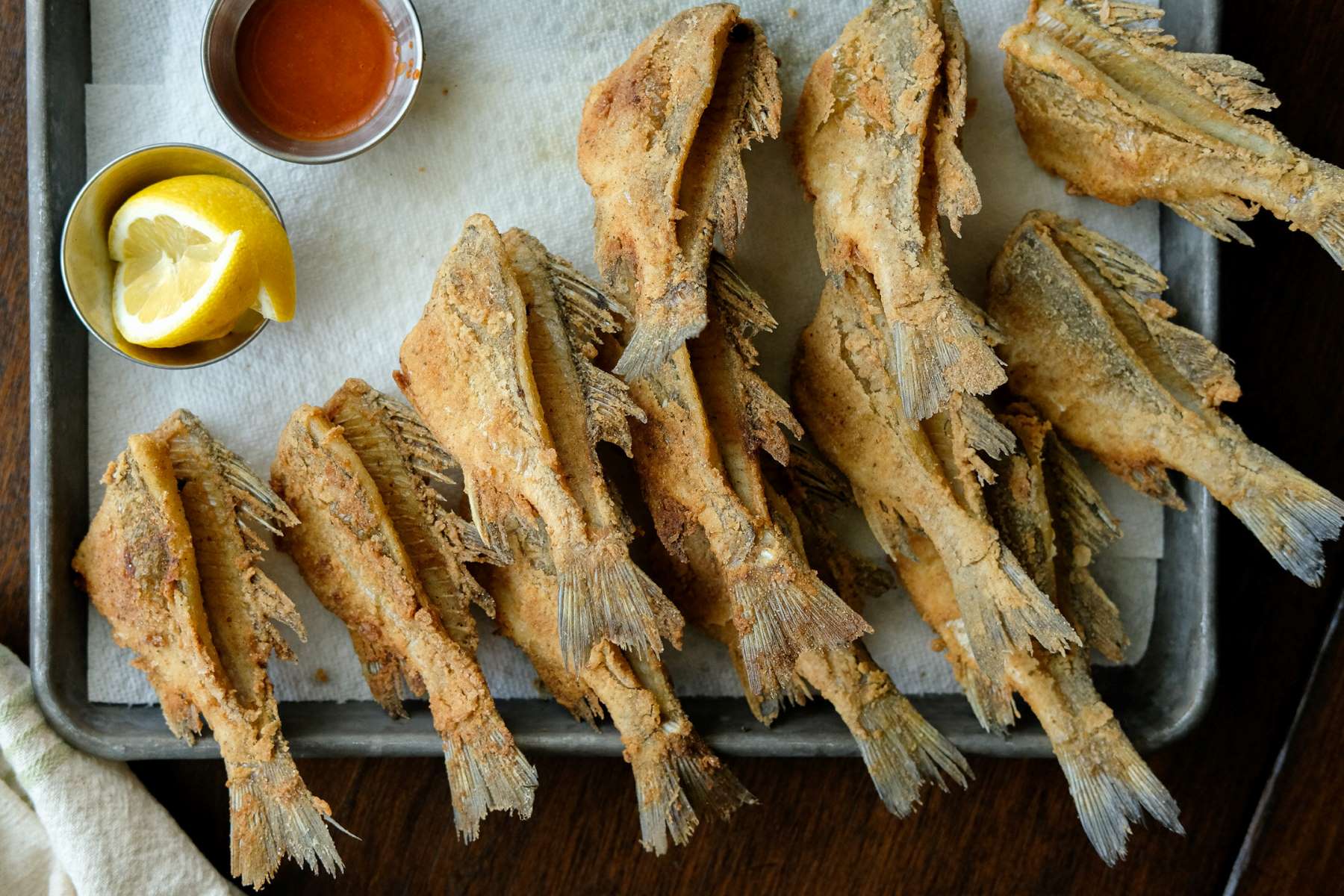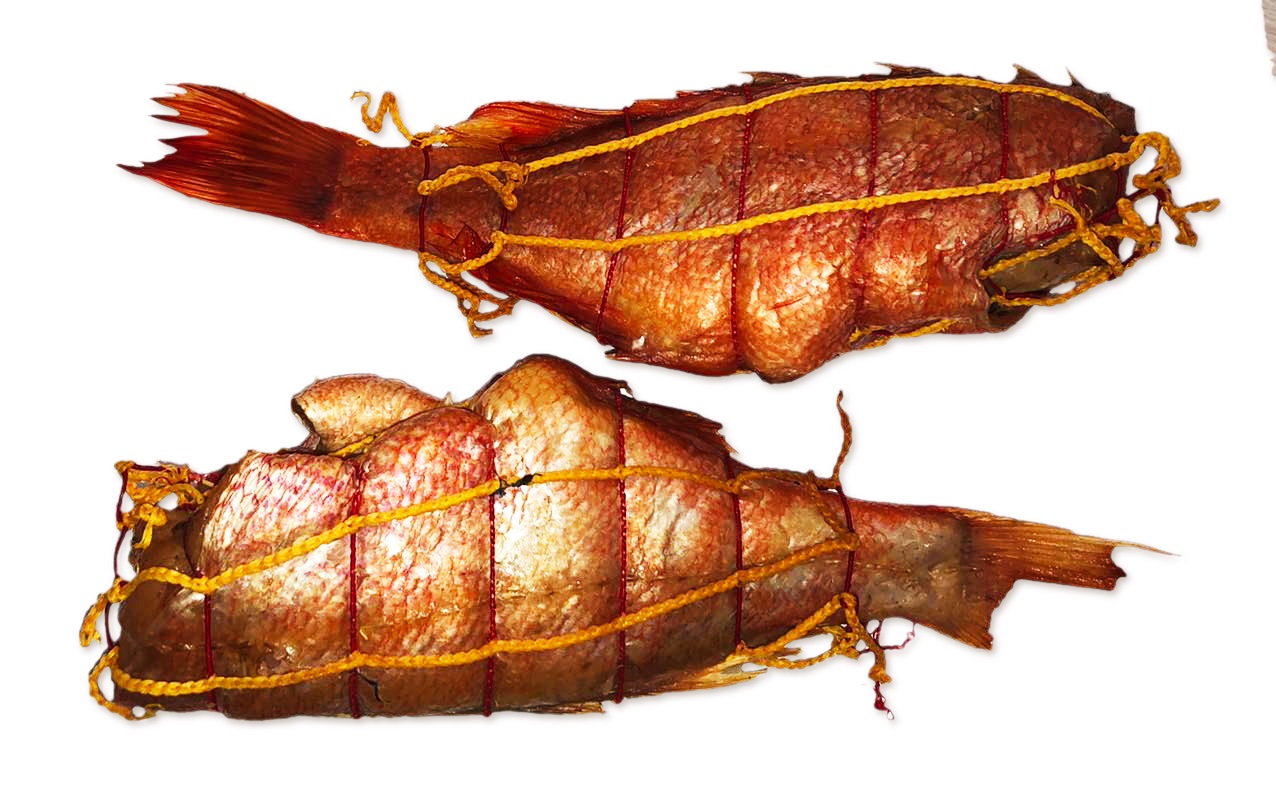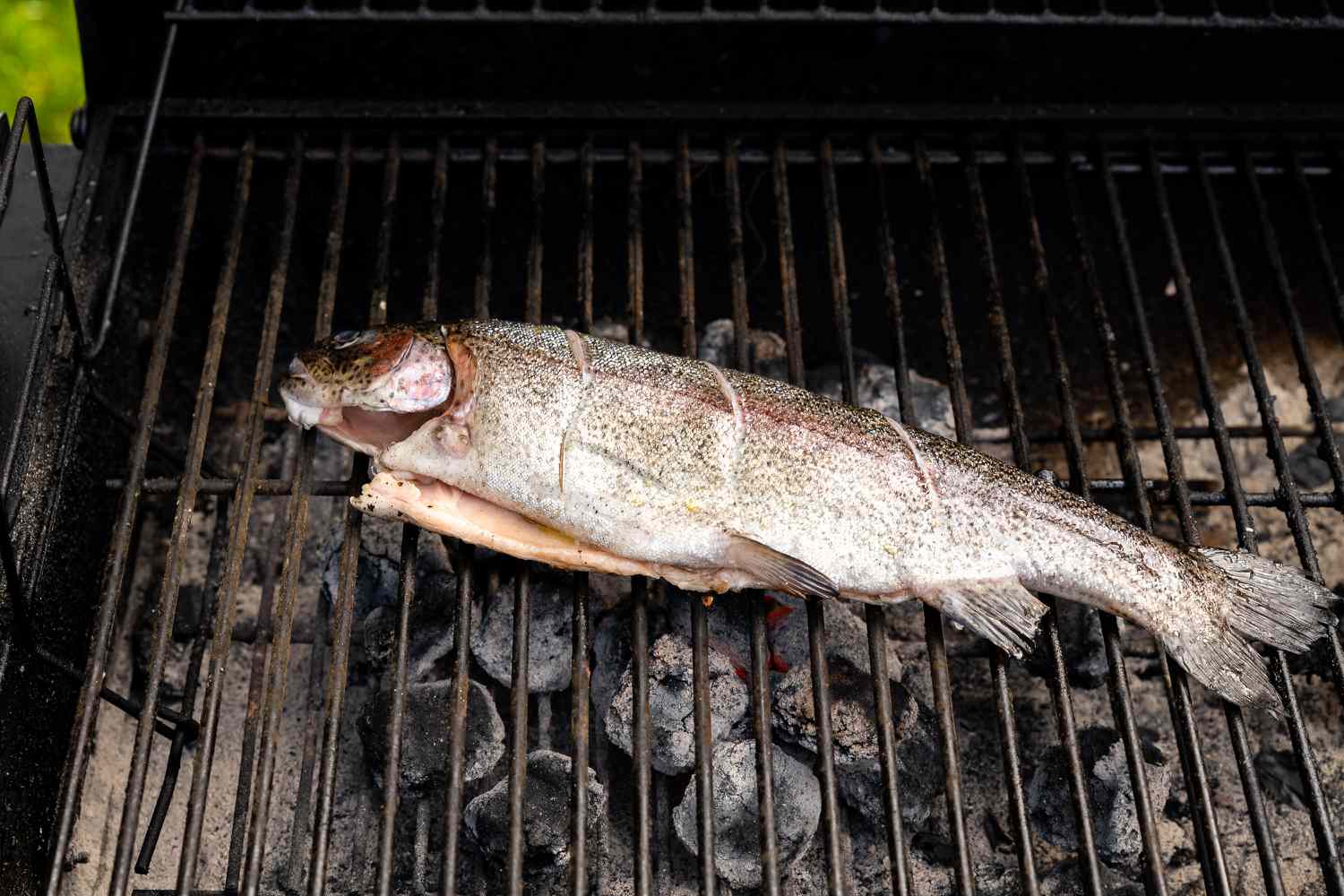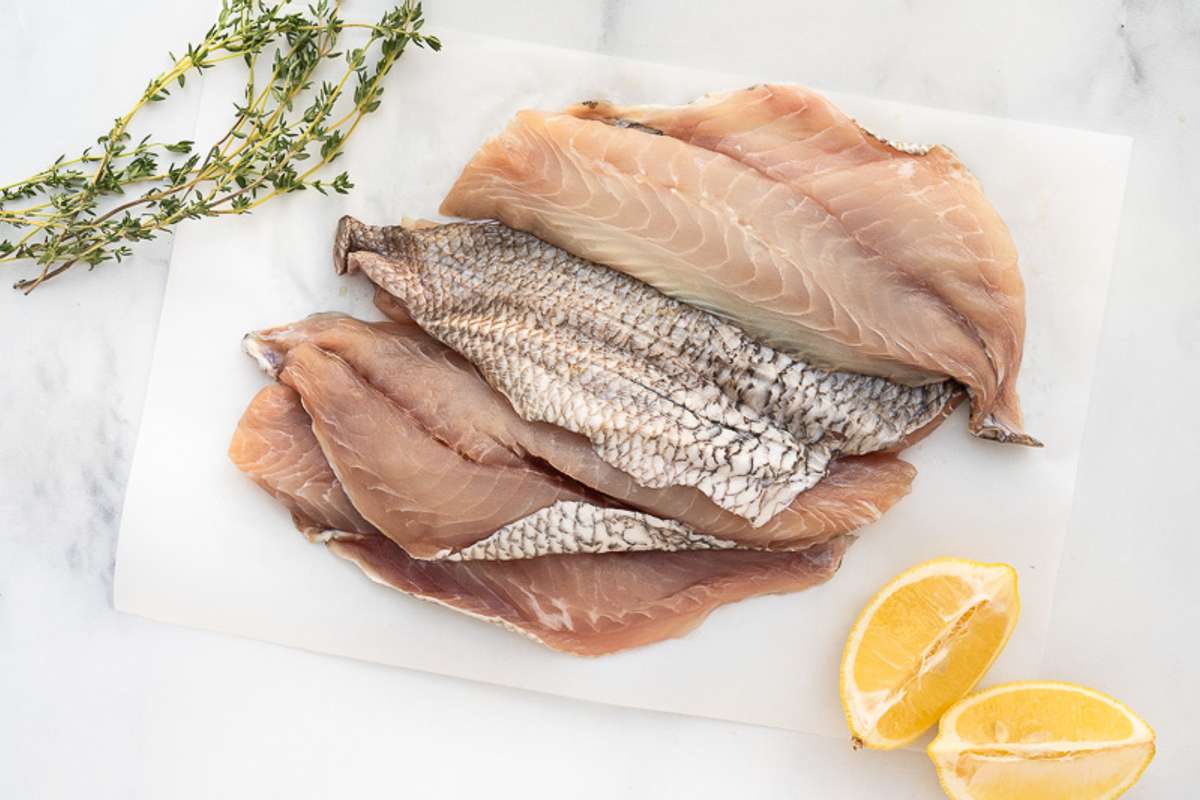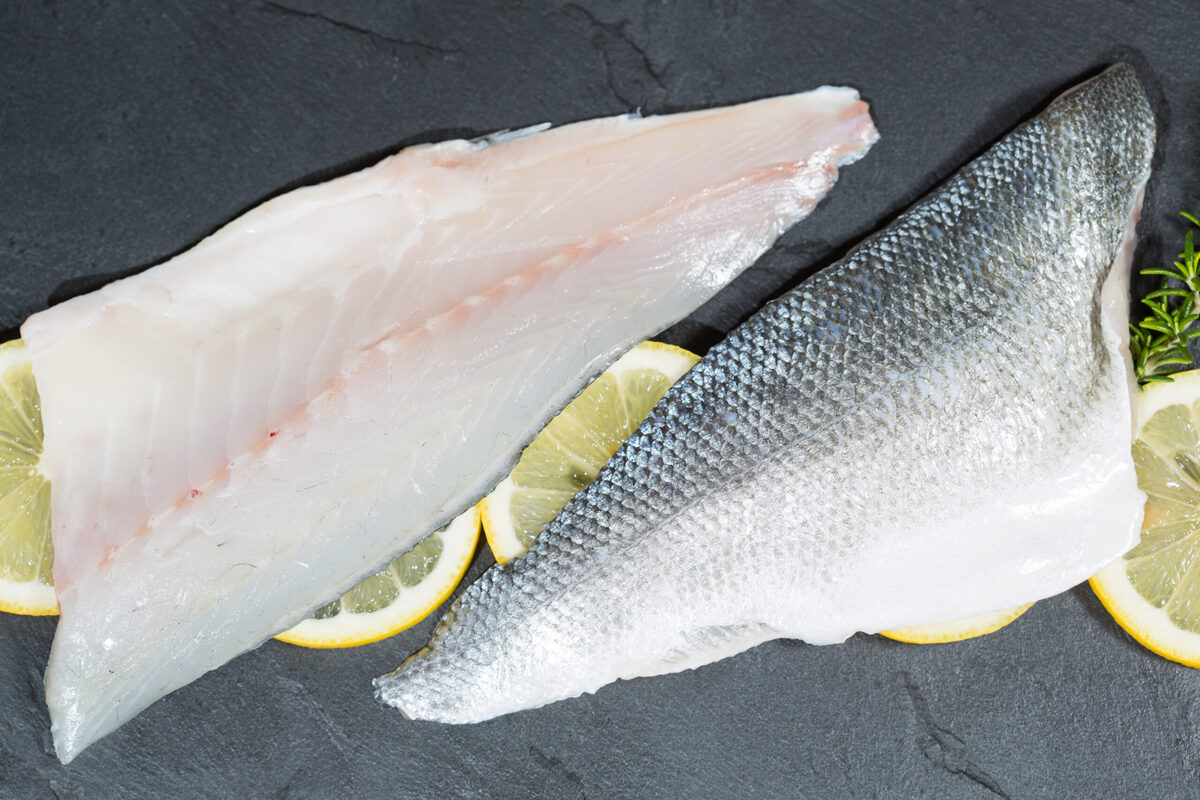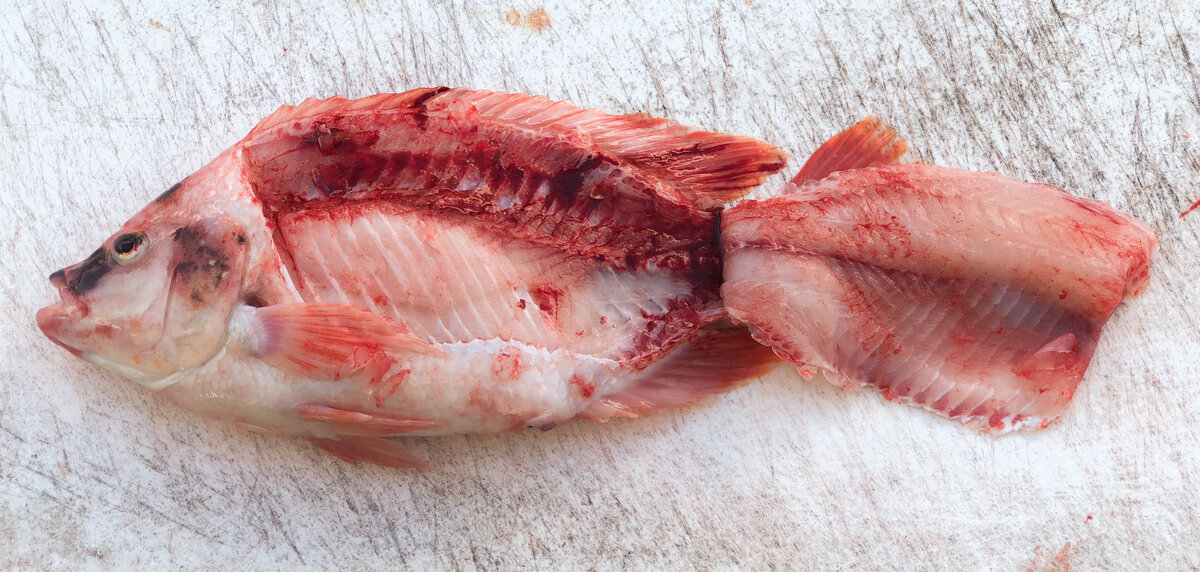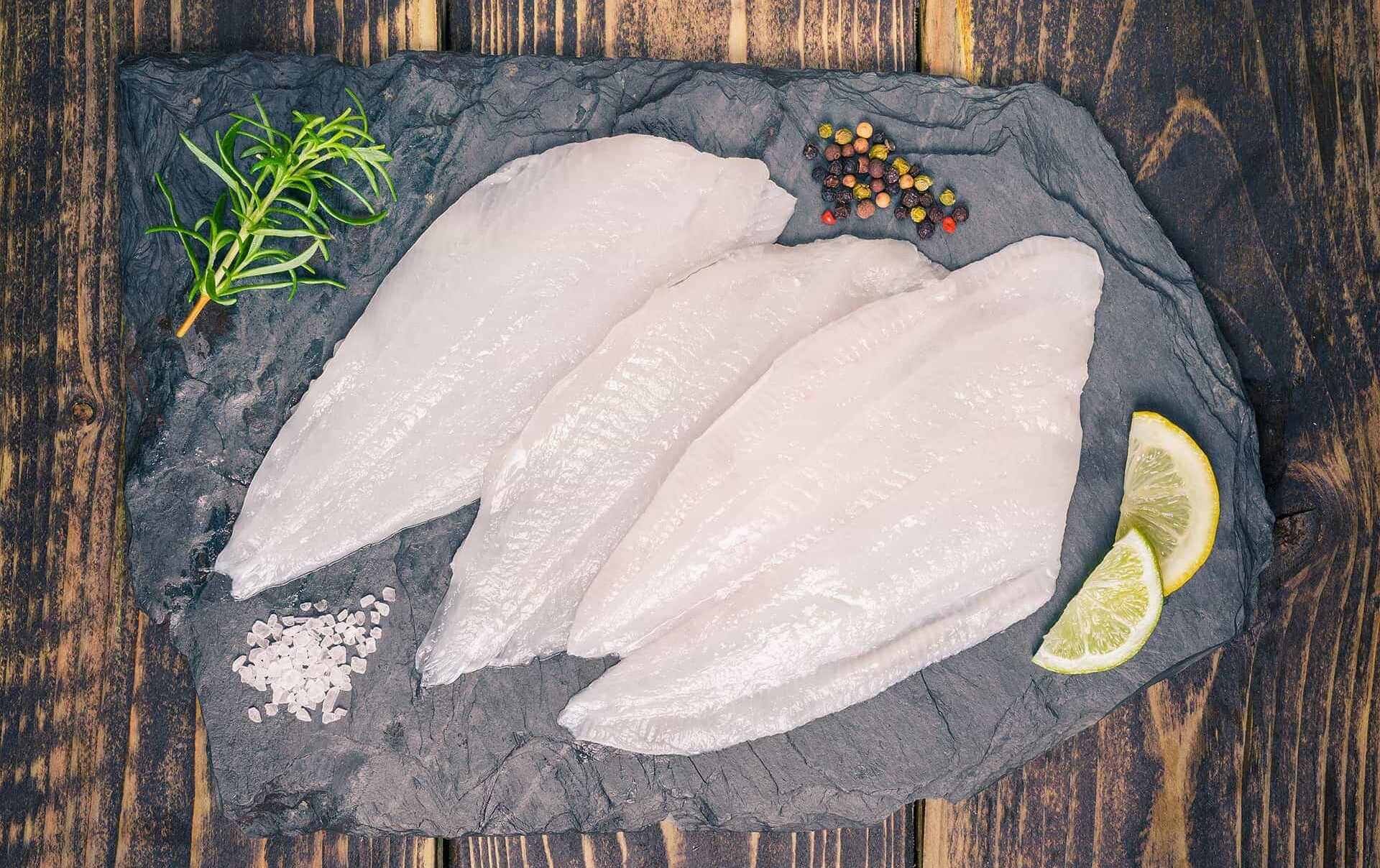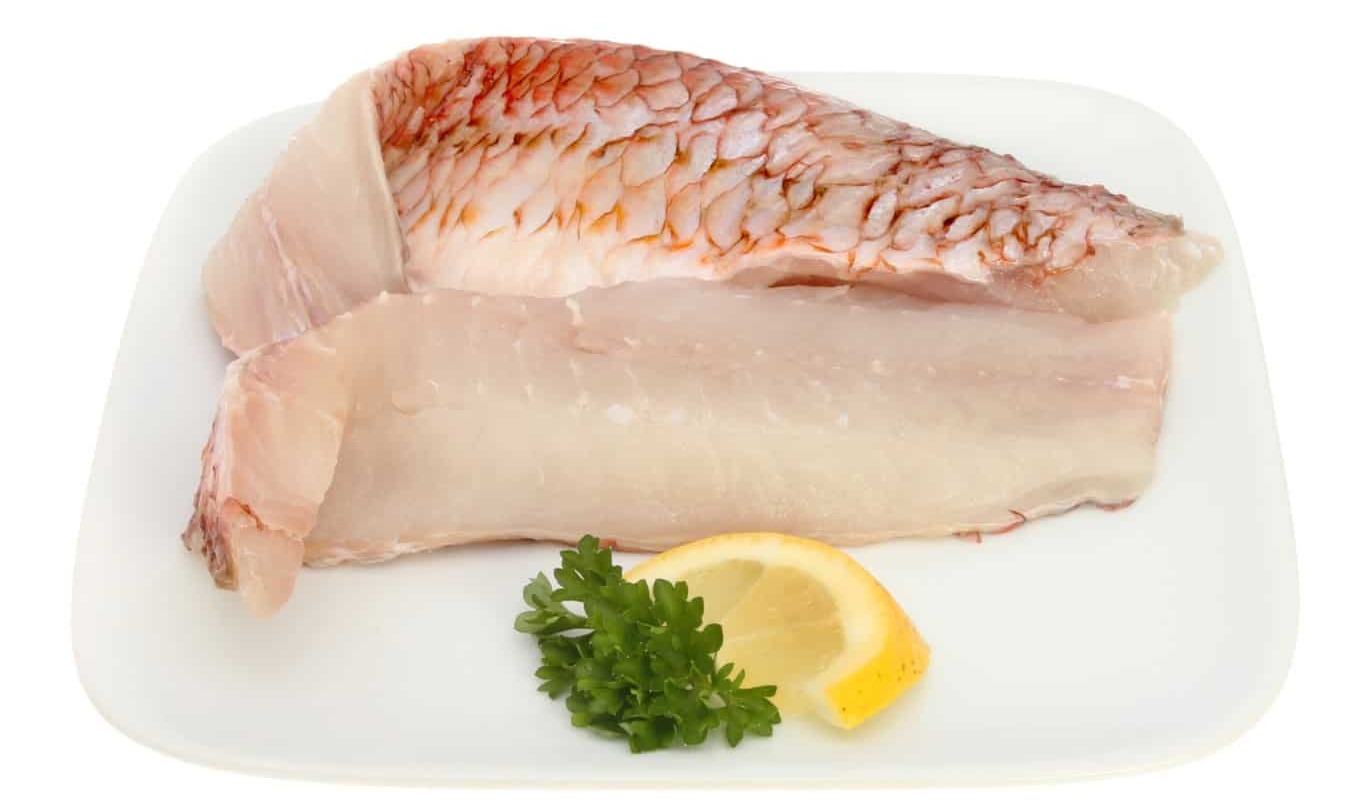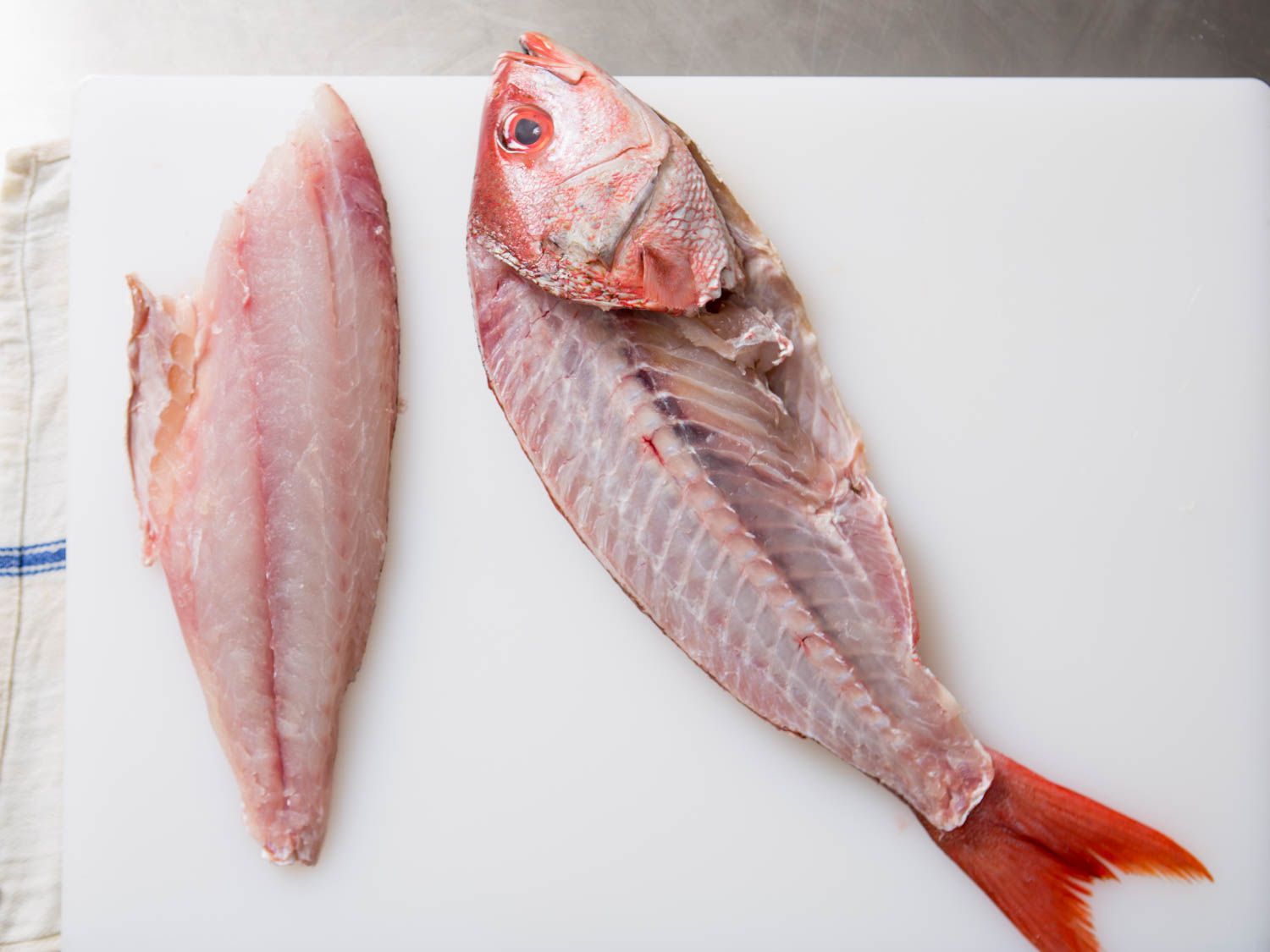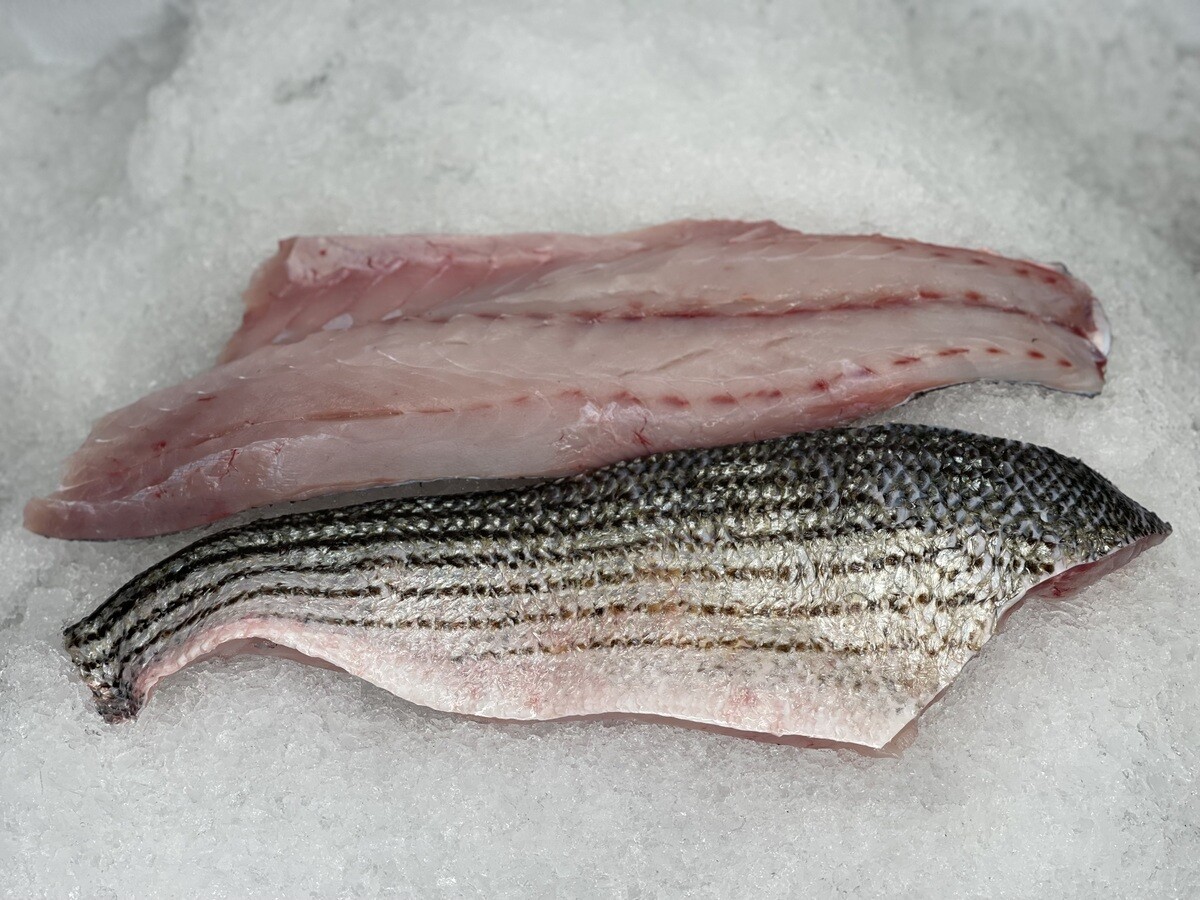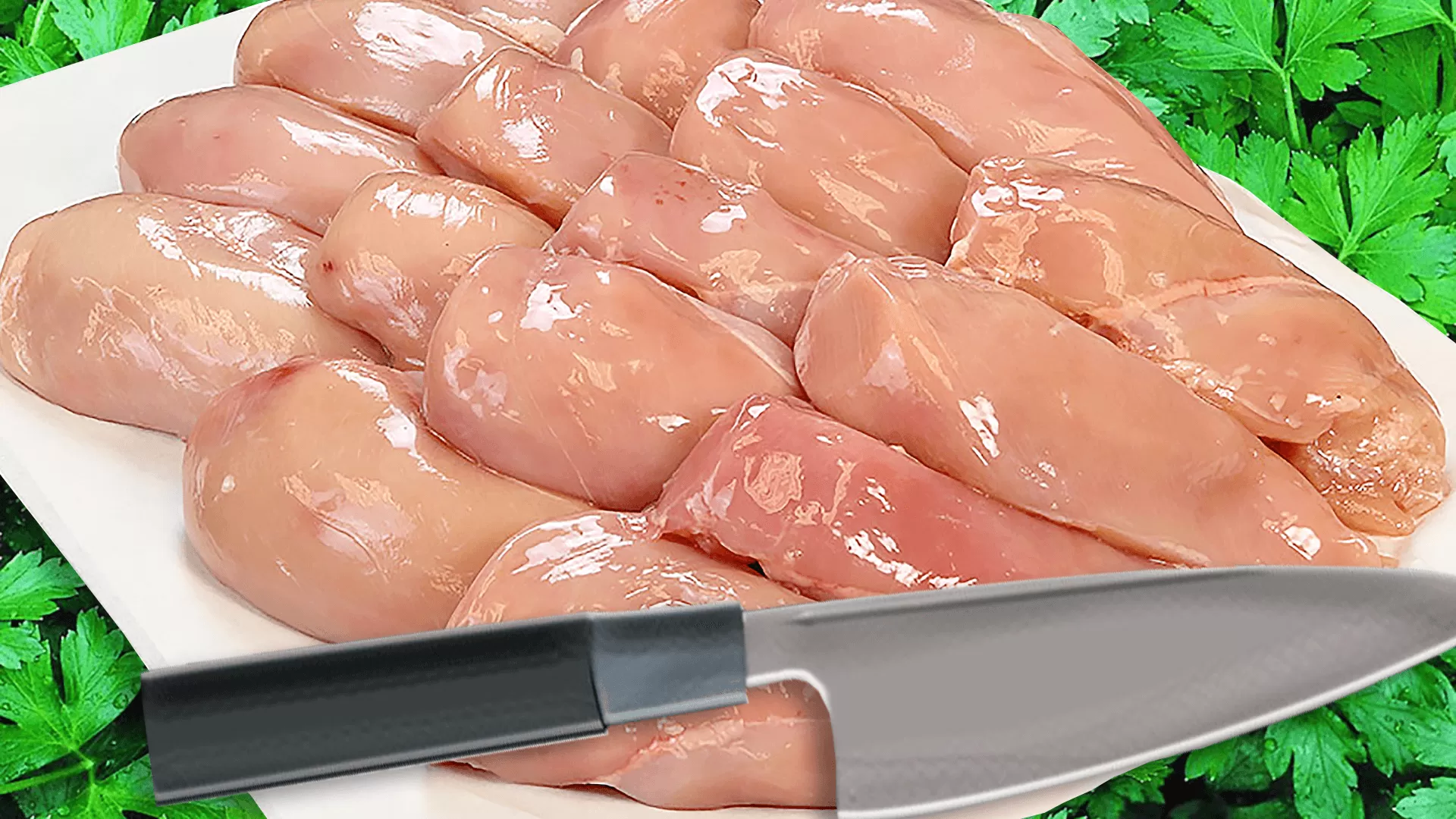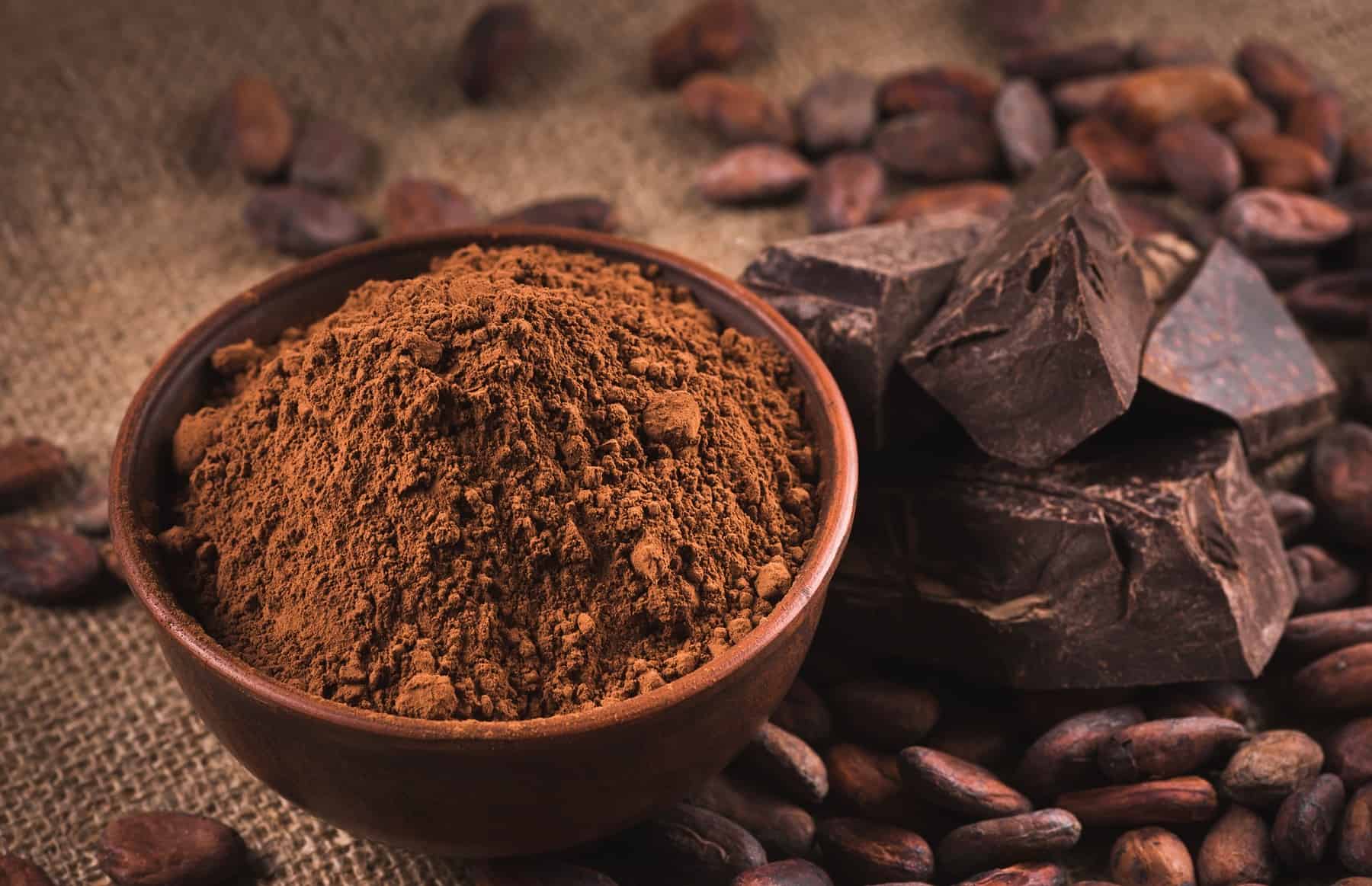Yellow perch is a popular freshwater fish known for its delicious taste and delicate texture. If you're a fan of this tasty fish, learning how to fillet yellow perch can help you make the most of your catch. Whether you're a seasoned angler or a novice fisherman, filleting yellow perch is a valuable skill that allows you to enjoy the freshest, most flavorful fillets. In this guide, we'll walk you through the process of filleting yellow perch so you can enjoy this delectable fish at its best.
Prepare Your Workspace
Before you begin filleting your yellow perch, it's important to set up a clean and organized workspace. Here's what you'll need:
- Sharp Fillet Knife: A sharp fillet knife is essential for cleanly and efficiently removing the fillets from the fish.
- Cutting Board: Use a stable cutting board to provide a secure surface for filleting.
- Paper Towels: Keep paper towels handy for wiping your hands and cleaning up any messes.
- Bowl of Water: A bowl of water can be useful for rinsing off the fillets as you work.
- Trash Bag or Container: Have a designated place to discard fish scraps and packaging.
Step-by-Step Guide to Fillet Yellow Perch
Now that you're prepared, it's time to dive into the filleting process. Follow these steps to fillet your yellow perch:
-
Prepare the Fish: Rinse the yellow perch under cold water and pat it dry with paper towels. Place the fish on the cutting board with its belly facing up.
-
Make the Initial Cut: With your sharp fillet knife, make a shallow incision just behind the gills and pectoral fin. Angle the knife slightly toward the head to ensure you're cutting along the natural contours of the fish.
-
Remove the Head: Once you've made the initial cut, carefully slice through the fish's flesh to remove the head. Discard the head or save it for making fish stock or broth.
-
Open the Belly: Lay the fish on its side and use the tip of the knife to open the belly from the vent to the head cut. Be gentle to avoid puncturing the internal organs.
-
Remove the Innards: Use your fingers or a spoon to scoop out the innards from the fish cavity. Discard the innards in your designated trash bag or container.
-
Remove the Fillets: Starting from the head end, insert the knife along the backbone and gently slide it toward the tail, separating the fillet from the bones. Repeat the process on the other side of the fish to remove the second fillet.
-
Trim the Fillets: Once the fillets are removed, trim away any remaining rib bones, skin, and dark flesh to ensure you're left with clean, boneless fillets.
-
Rinse and Store: Rinse the fillets in the bowl of water to remove any remaining scales or debris. Pat the fillets dry with paper towels and store them in a sealed container in the refrigerator until you're ready to cook them.
Tips for Success
– Sharp Knife: A sharp fillet knife is crucial for clean and precise cuts. Keep your knife honed and sharpened for best results.
– Practice Patience: Take your time and work carefully to avoid damaging the delicate flesh of the perch.
– Proper Disposal: Dispose of fish scraps and innards properly to maintain a clean and hygienic workspace.
Enjoy Your Fresh Perch Fillets
Now that you've successfully filleted your yellow perch, you're ready to enjoy the fruits of your labor. Whether you prefer to pan-fry, bake, or grill your perch fillets, you can savor the fresh, delicate flavor of this beloved freshwater fish. With a bit of practice, filleting yellow perch will become second nature, allowing you to make the most of your catch every time. Happy filleting and bon appétit!
Recipes Featuring Filleted Yellow Perch and More Ways to Use This Guide
Having mastered the art of filleting yellow perch, you are now perfectly positioned to explore a variety of delightful recipes that incorporate this versatile fish. Begin your culinary adventure with Classic Pan-Fried Yellow Perch Fillets for a simple yet satisfying dish, or perhaps elevate your dining experience with Grilled Yellow Perch with Lemon and Herbs, which brings out the fresh flavors of the fish. For those who enjoy a zestier taste, the Cajun-Spiced Yellow Perch Fillets are highly recommended. Each recipe provides a unique way to savor the delicate texture and mild flavor of yellow perch, making them perfect candidates for both casual dinners and special occasions.
